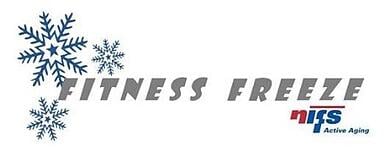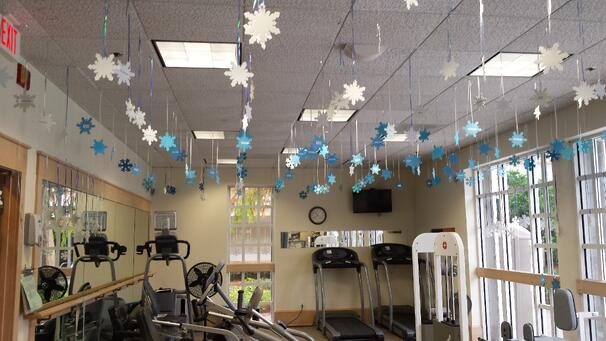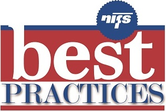Throughout 2015, we’ll be blogging about our dreams for corporate wellness, fitness, and aging well. Some of the content will represent a gentle “poking fun” at the industry, but it’s all written to stimulate thought about what really could be if we put our heads together and started mapping out what’s really possible in the realm of individual wellbeing. We hope you’ll join the conversation by commenting on the blogs, giving us additional ideas about which to write, and/or by finding us out on Twitter at #wellnesswhatif.
 We do a lot of wellness consulting in senior living, and by “wellness”, I mean non-clinical, lifestyle-focused consulting. For many of our clients, that consulting relationship involves a thorough review of their “activities” department; in other cases, it’s focused more on what’s happening with their exercise program. Regardless of the original area of focus, we always arrive at the same point – building a strategy that allows the community to shift from filling a calendar toward supporting resident purpose and passion.
We do a lot of wellness consulting in senior living, and by “wellness”, I mean non-clinical, lifestyle-focused consulting. For many of our clients, that consulting relationship involves a thorough review of their “activities” department; in other cases, it’s focused more on what’s happening with their exercise program. Regardless of the original area of focus, we always arrive at the same point – building a strategy that allows the community to shift from filling a calendar toward supporting resident purpose and passion.
Often, when I talk with a client who thinks he’s interested in having us come onsite to consult, there’s a heavy discussion about cost. And while I certainly understand a business’s sensitivity toward expenses, I often wonder: If budget (and occupancy – the two are inextricably linked) was no obstacle, what would you be expecting from your activities department?
Leadership in senior living communities have a lot to focus on, and it makes sense that activities might not rank near the top. In fact, it’s common for that department to be well-liked by residents and to be well rated on satisfaction surveys. So no pain point exists because there doesn’t appear to be an issue. The challenge with continuing to look the other way is two-fold:
- Your current residents may not realize what’s possible, so putting your faith in them to be your barometer for when something needs to change is ill-placed. That is particularly true with activities because that area of your community traditionally bears out the 80/20 rule where 20% of your residents engage in 80% of the activities. You are likely supporting the interests of a vocal minority in your community. And the question becomes: What is your activities department developing to meet the needs and interests of the less-engaged majority?
- The adult child knows better. They are not content with bingo, cards, and trips to the theatre, and they won’t be fooled by a full calendar that lacks opportunities for them to live out passions, dreams, and purpose.
If you think your programming is top notch and you perhaps just have an engagement challenge, take a look at our slideshare on how to get your residents to engage.
Maybe you know wellness is an important differentiator for your community, but you really feel compelled to nail down a more favorable and consistent occupancy rate before you begin fine tuning programming and other lighter elements at your community. I can see why you’d adopt that philosophy, but before you stake your claim there, consider reading this blog on how and why wellness is an important differentiator for any community.
Think also about the long term investment of putting in some money up front on wellness consulting that breathes new life into your campus and creates a new outlook on how activities are developed and delivered. It’s a chicken and egg debate but if a $5,000 investment could be an important step toward solidifying occupancy and thus improving your budget outlook, would that $5,000 be worth it?
Here’s our picture of what it means to do wellness better in senior living:
- When you do wellness better, you have data your marketing and sales staff can work with to back up their stories with prospects about how fantastic it is to live well at your community.
- When you do wellness better, you have more diverse, robust, and life-enriching programming on your calendar that appeals to a wide audience.
- When you do wellness better in your community, you create natural bridges across departments for collaborative programming so that one over-worked activities director doesn’t have to do it all.
- When you do wellness better you understand individual resident passions and interests and incorporate those at the personal and program level to ensure opportunities where you residents can live with vitality in the ways that are true for them.
- When you do wellness better, you do so much more than fill a calendar. You map out a program and service strategy, informed by data, resident interests, and past successes.
If you think your community may be falling short in one or more of those areas, check out what we have to offer in the way consulting to help you do wellness better.



 Answer these questions:
Answer these questions:
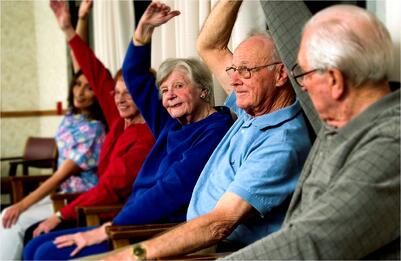




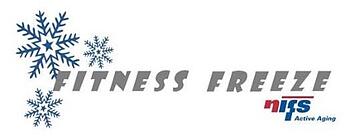 In part 1
In part 1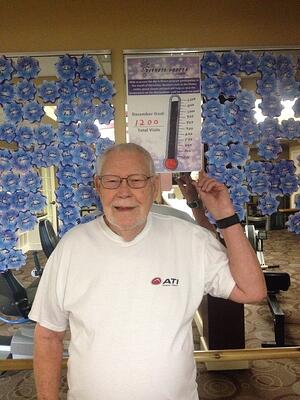


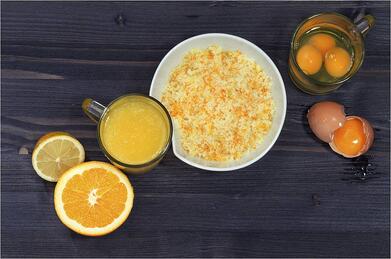 Vitamin D…almost all of the 600 IU that are recommended daily. The canned tuna and sardines are an inexpensive way to get in seafood, heart healthy omega 3’s and 150 IU of Vitamin D per serving. Another bonus is the long shelf life if you haven’t been to the grocery store to get fresh protein choices.
Vitamin D…almost all of the 600 IU that are recommended daily. The canned tuna and sardines are an inexpensive way to get in seafood, heart healthy omega 3’s and 150 IU of Vitamin D per serving. Another bonus is the long shelf life if you haven’t been to the grocery store to get fresh protein choices.